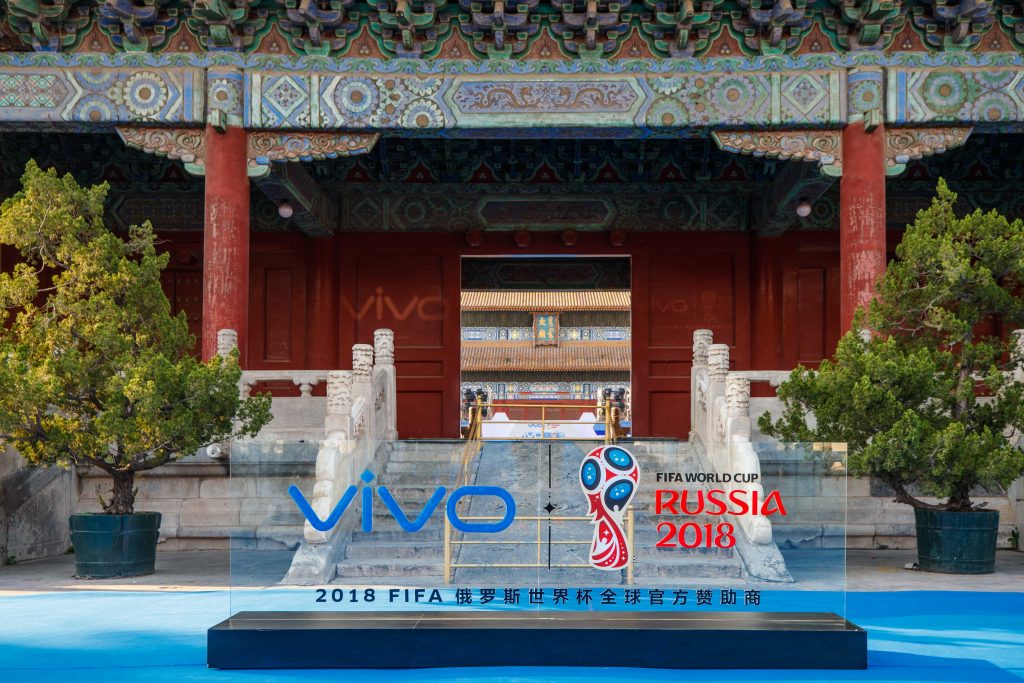People in China have been paying cash for things for thousands of years, long before other civilizations. Now, increasingly, they're paying with their cellphones.
So while the Trump administration hailed a bilateral deal in May, that would allow U.S. credit card firms including Visa and Mastercard access to the China market, it may not be the coup those firms hoped. Chinese consumers are essentially leapfrogging plastic, and going straight from cash to mobile payments.
Chinese spent $5.5 trillion through mobile payment platforms last year, about 50 times the amount in the U.S., according to reports.
Nowhere is the cashless trend more obvious than in the eastern Chinese city of Hangzhou, which is home to Alibaba, the world's largest online shopping platform.
Its mobile payment app, Alipay, and WeChat Pay, which belongs to the country's leading social messaging platform, together hold a commanding 90 percent of the market, leaving Apple Pay struggling to make inroads.
I recently spent a day in Hangzhou to see how easy it was to go cashless, and I found it somewhat ahead of other cities, including Beijing. I rode buses and subways, which all accept Alipay. I visited a major Buddhist temple, where visitors can make donations, buffing up their karma with a swipe of their phone.
I even listened to the plaintive tunes of a woman performing music on the street for change — or for a scan of a QR code, placed beside the change box.
Over a plate of noodles, a restaurateur named Ma Zhiguo told me that about half his customers pay for their meals with cellphones, and he uses his to pay most of the time too.
"I don't have to worry about getting counterfeit money, or having to make change," he explained. "When I go out, I don't have to worry about losing my money or getting robbed."
All this is a rapid and somewhat surprising development in a country where, a couple of decades ago, it wasn't even clear that credit cards were going to catch on.
Chinese Academy of Social Sciences research fellow Cheng Lian argues that this was a cultural problem.
"Traditionally, Chinese people didn't want credit cards," he says, "because they didn't want to owe anyone money."
The workaround Chinese mobile payment platforms came up with was to link people's phones to debit cards, so they didn't owe anyone money.
The platforms also came up with a technical fix: by using the cellular networks smartphones use, they bypassed the often-unreliable data networks used by credit card payment terminals.
As a result, after several years of growth, Cheng says, credit card use in China began to decline around 2008.
But Lin Guangyu, who is in charge of payments for urban services at Ant Financial, the financial services arm of Alibaba, says his company addressed a deeper problem: a general lack of trust in Chinese society.
"When we created Alipay in 2003, we did it to resolve the issue of trust between people. And by resolving the issue of trust, we've also resolved the issue of payment," he says.
Ant Financial's subsidiaries include Sesame Credit, which rates people's credit based on their online shopping and payment record. It also runs MYbank, an online bank which extends commercial loans to qualified borrowers.
"Ant Financial's vision," Lin says, "is that when Chinese people have credit, they will have wealth."
But Cheng Lian voices doubts about this.
"We think that by analyzing such big data, we can make an accurate assessment of a person's character," he says. "But this has not been proven."
What could go wrong? A lot, says Cheng. People could game the system. Others who don't use online payments could be marginalized, and have less access to services. And government and corporations could gain too much power to invade people's privacy.
For the moment, though, Cheng notes, there's not much debate in Chinese society about these developments, and most people don't seem too concerned.
"Folks at the bottom of society feel that what's important is getting enough to eat and making money," he says. "They don't see matters of privacy as so important."
It's certainly not a debate, Cheng adds, that China's government wants to encourage.
RACHEL MARTIN, HOST:
People in China have been paying cash for things for thousands of years, long before other civilizations did so. But now, increasingly, they are paying with their cellphones. NPR's Anthony Kuhn takes us for a swipe at one of China's cashless cities.
(SOUNDBITE OF COOKWARE CLINKING)
ANTHONY KUHN, BYLINE: A chef whips up a plate of noodles at a restaurant in East China's Hangzhou city. Hangzhou is the home of Alibaba, the world's largest online-shopping platform. Their mobile-payment app is called Alipay. The restaurant boss here, Ma Zhiguo, says about half of his customers pay for their meals with their cellphones. And he uses his to pay most of the time, too.
MA ZHIGUO: (Through interpreter) I don't have to worry about getting counterfeit money or having to make change. When I go out, I don't have to worry about losing my money or getting robbed.
KUHN: Think I'll give this a try myself. Scan QR code. Payment successful. How about that? Paid for my plate of noodles.
It's not hard to get around Hangzhou these days with just a smartphone loaded with Alipay or its rival, WeChat Pay, which is tied to WeChat, China's biggest social-messaging platform. You can ride the buses and subways with it.
AUTOMATED VOICE: (Speaking Chinese).
(SOUNDBITE OF BUS DOORS OPENING)
KUHN: You can buff up your karma by donating to a Buddhist temple with it.
(SOUNDBITE OF GONG)
KUHN: You can even donate to buskers...
(SOUNDBITE OF MUSIC)
KUHN: ...Like this woman, performing for spare change or for a scan of her QR code. By one estimate, Chinese spent $5.5 trillion through mobile-payment platforms last year, about 50 times the amount in the U.S. And that's in a country where a couple of decades ago, it wasn't even clear that credit cards were going to catch on. Cheng Lian, a research fellow at the Chinese Academy of Social Sciences, argues that this was a cultural problem.
CHENG LIAN: (Through interpreter) Traditionally, Chinese people didn't want credit cards because they didn't want to owe anyone money.
KUHN: Lin Guangyu is a manager at the financial services arm of Alibaba. He says that at the heart of the problem was a lack of trust in Chinese society. And the solution, he said, was to link people's smartphones to their debit card, so nobody owes anyone anything.
LIN GUANGYU: (Through interpreter) When we created Alipay in 2003, we did it to resolve the issue of trust between people. And by resolving the issue of trust, we've also resolved the issue of payment.
KUHN: Alibaba also runs a credit-rating agency, which rates people's trustworthiness based on their shopping history. It also runs an online bank, which extends commercial loans to those with good credit history. But Cheng Lian says he has doubts about all this.
CHENG: (Through interpreter) We think that by analyzing such big data, we can make an accurate assessment of a person's character, but this has not proven.
KUHN: What could possibly go wrong? A lot, says Cheng. People could game the system. Others who don't use online payments could be marginalized. And governments and corporations could gain too much power to invade people's privacy. For the moment, though, Cheng notes, there's not much debate in Chinese society about these developments. And most folks don't seem too concerned.
CHENG: (Through interpreter) Folks at the bottom of society feel that what's important is getting enough to eat and making money. They don't see matters of privacy as so important.
KUHN: It's certainly not a debate, Cheng adds, the Chinese government wants to encourage. Anthony Kuhn, NPR News, Hangzhou.
(SOUNDBITE OF EDAMAME'S "SOME WHISPERS") Transcript provided by NPR, Copyright NPR.
Source:
In China, A Cashless Trend Is Taking Hold With Mobile Payments


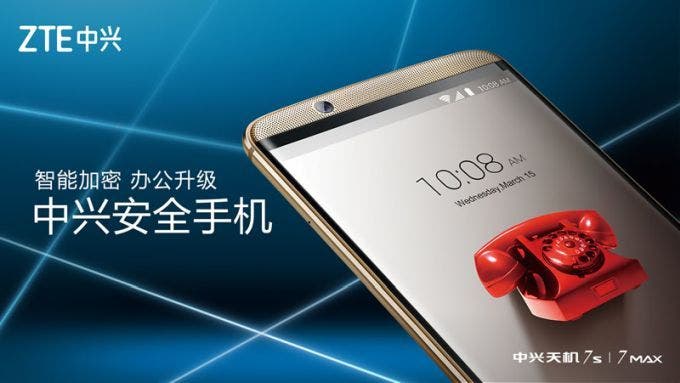

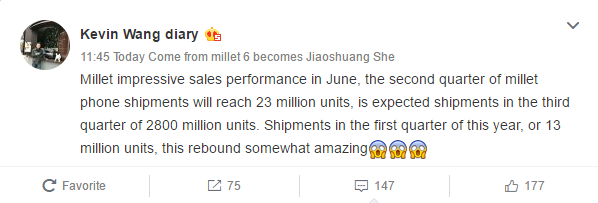
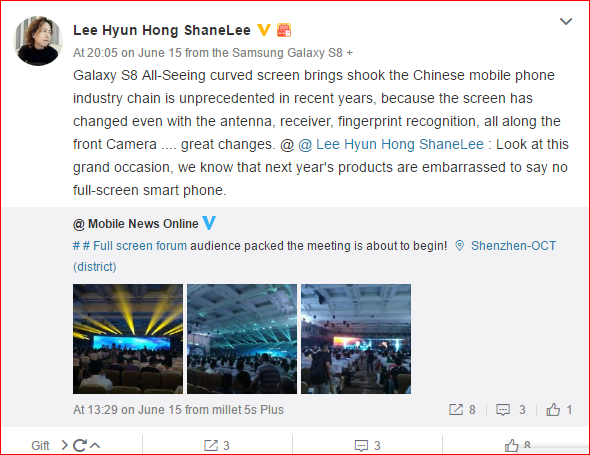
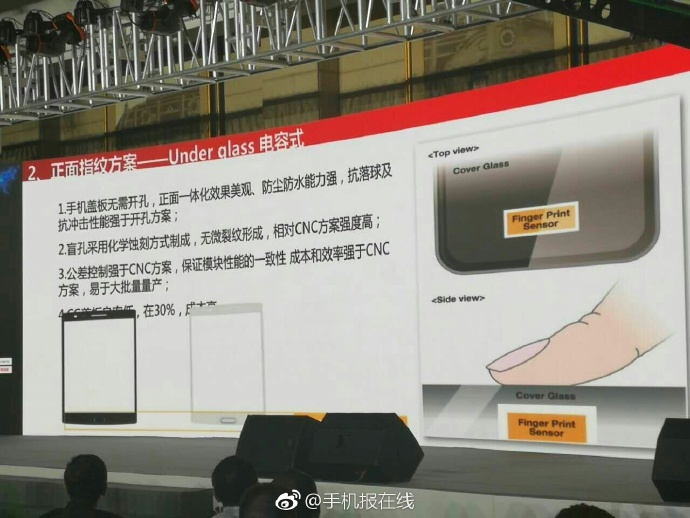
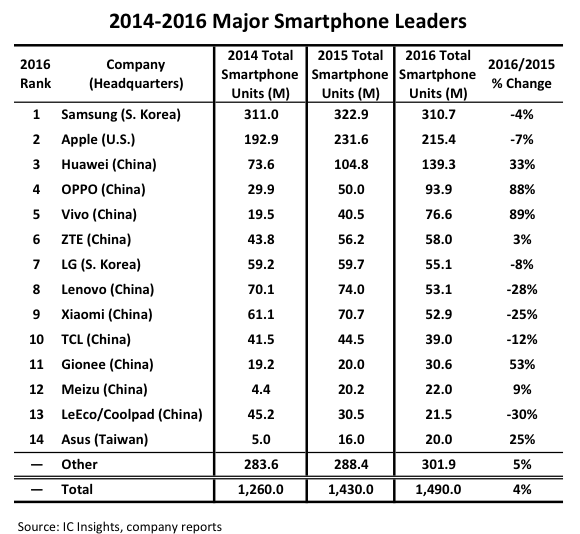 Apple and Samsung are losing share – tricky competing with so many non-profits – with their combined market share falling 4% last year to 35%
Apple and Samsung are losing share – tricky competing with so many non-profits – with their combined market share falling 4% last year to 35%



